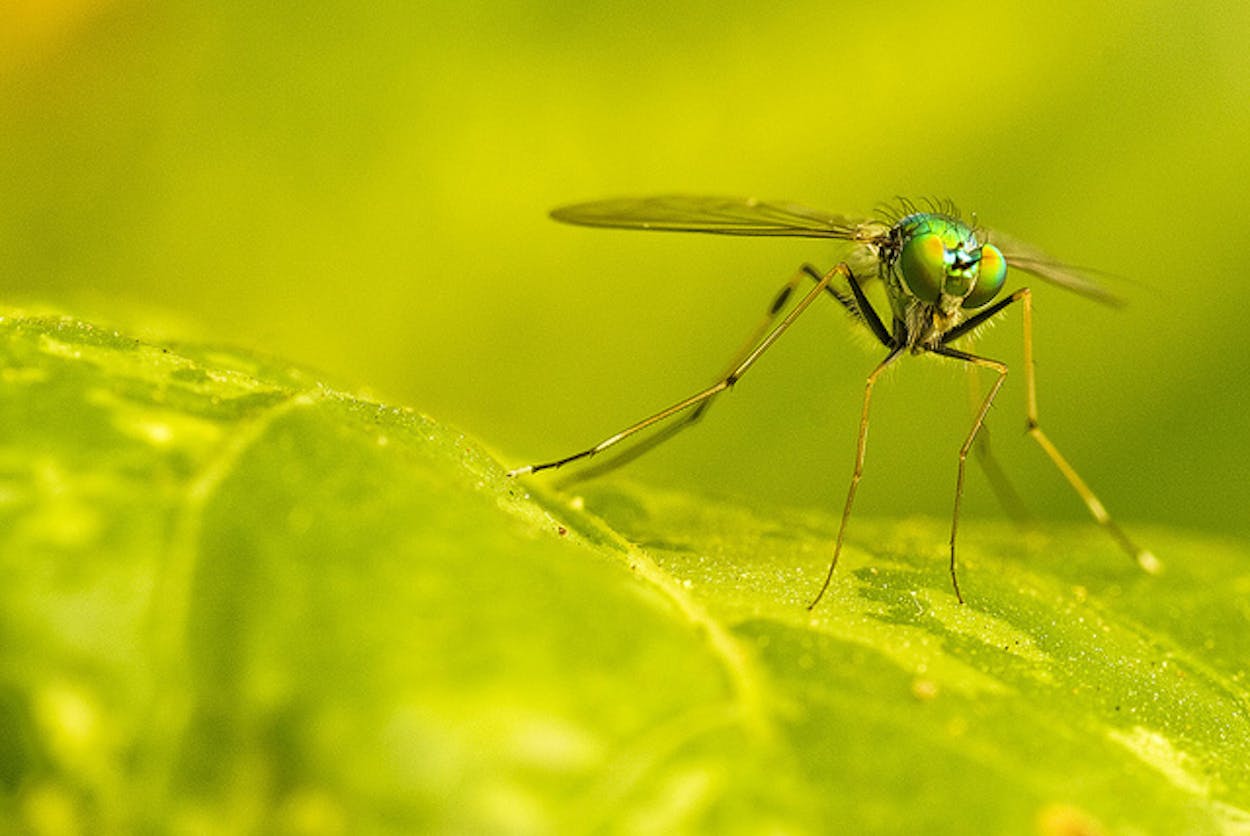Break out the bug spray: public health officials have declared a West Nile epidemic after 124 reported human cases of the virus have cropped up in North Texas alone. Three of the cases statewide have resulted in fatalities.
As of July 25, there have been 59 cases of the virus in Dallas County, 40 in Tarrant County, 19 in Denton County, five in Collin County and one in Parker County, NBC-DFW reported. West Nile has also emerged in Central Texas, with cases reported in McLennan and Travis counties.
Compare those numbers to the 27 total recorded West Nile cases in Texas for the entire year of 2011, and it’s enough to make any Texan slather themselves in DEET.
According to the Center for Disease Control, the official definition of an epidemic is “the occurrence of more cases of disease than expected in a given area or among a specific group of people over a particular period of time.”
This unusually high occurrence of West Nile “fits the definition of an epidemic,” Tarrant County public health medical director Sandra Parker told the Fort Worth Star-Telegram‘s Mitch Mitchell. “The most important thing I think the numbers say is that we need to do what we can to prevent the illness.”
So what’s causing this unusually severe viral outbreak? As Dallas county entomologist Scott Sawlis explained to WFAA, “the disease is cyclical. … it it has to do with environmental factors of what is the population of mosquitoes, what is the weather pattern, bird populations.”
At KUT News, Austin-Travis County Health and Human Services Department employee Eda Gowdy blames recent rainfall for a surge in mosquito population and the subsequent rise in West Nile cases.
Warmer-than-average temperatures may also have helped the mosquito population thrive. Mike Merchant, an urban entomologist with the Texas AgriLife Extension Service, told the Star-Telegram that a warm Texan winter and spring could have allowed for the adult mosquito population to survive and multiply, and may have been contributing factors to the epidemic.
Although there is only one form of the virus, West Nile can cause two different types of illness. The less-severe form of West Nile, Jill Campbell of the City of Austin’s Epidemiology Department told KUT News, is “just West Nile fever — that is a fever, headache, flu-like illness,” and that most sufferers make it though this form just fine, and assume they have the flu.
However, the other form of West Nile is neuroinvasive and possibly deadly, especially to those with weakened immune systems. “West Nile neuroinvasive disease … is where an individual has a more serious reaction to being infected with the virus and may end up needing hospitalization,” Campbell said.
To keep disease-carrying mosquitos away and break their mating cycles, the CDC recommends using insect repellent made with DEET and wearing long-sleeved clothing when outside, as well as dumping standing water in yards — it only takes a teaspoon of water for your birdbath or overturned garbage can lid to become a paradise for breeding bugs.






